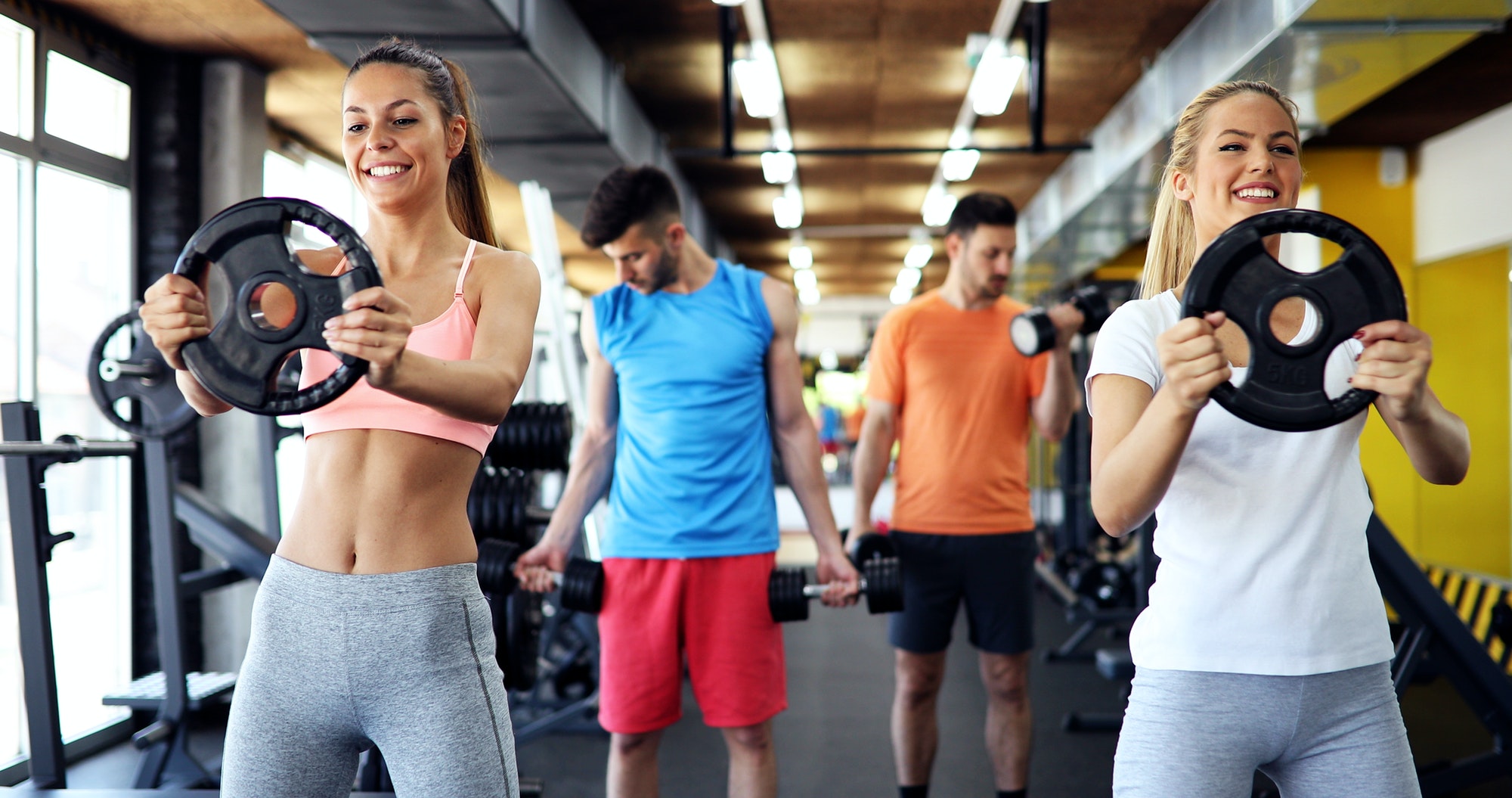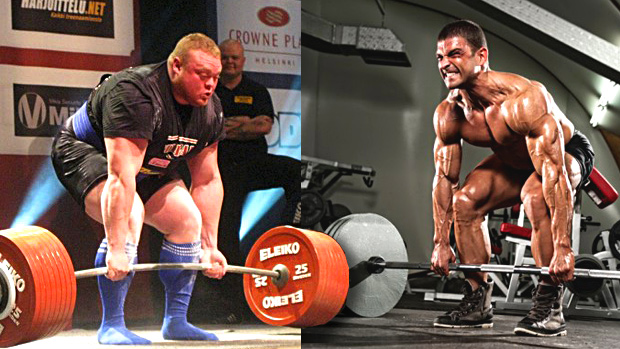Understanding RPE/RIR
RPE/RIR: An In-Depth Analysis of Resistance Training
Resistance training has been around for decades, and in the last few years,
RPE/RIR scales have gained popularity among fitness enthusiasts. These rating systems help gauge the intensity of an exercise, aiding in setting up structured workout routines.
Ramping up your routine with these tools improves overall performance and keeps the body guessing, making it less prone to plateaus due to adaptation matching slow progressions.
Understanding each system's nuances can be essential in effectively using them to avoid burnout and overexertion.
To gain optimal results from resistance training regimes, minor details like rest time between sets or adding weight can make a big difference, making
RPE/RIR invaluable.
Personalisation of exercises through these systems helps maintain high levels of motivation through goal realisation by estimating how effective select exercises are at achieving specific milestones.
People continue seeking various workout options without seeing favourable results. The solution lies within adopting these ratings techniques that
aid significant progression towards tangible improvement over time.
RPE and RIR help you train smarter, not harder – unless you're a glutton for punishment, then by all means, go ahead and max out every set.
Benefits of Using RPE/RIR in Training
Incorporating
RPE/RIR in training programs can provide numerous advantages. These techniques enable trainees to measure the intensity of their workouts and ensure that they are pushing themselves to the appropriate limit without risking injury or burnout.
Here are three key benefits of using RPE/RIR in training:
- Allows for individualized programming.
- Helps prevent under or over-exertion.
- Increases self-awareness of one's physical capacity and limits.
Using these methods can also lead to effective communication and better understanding between coaches and athletes, further enhancing progress towards fitness goals through modifications based on feedback.
By implementing these techniques, individuals can increase their motivation by setting achievable goals, avoid plateaus with progressive overload, improve their adherence to exercise regimes due to decreased risk of injury or exhaustion.
Don't miss out on optimizing your workouts and achieving your desired results! Incorporate RPE/RIR into your next session - you won't regret it.
You don't need a PhD in math to implement RPE/RIR in training, just a willingness to embrace the burn.
How to Implement RPE/RIR in Training
RPE/RIR is a valuable tool to enhance the effectiveness of training. Here's how to incorporate RPE/RIR in your training regime:
- Understand the concept of RPE and RIR, which involves rate of perceived exertion and reps in reserve.
- Next, begin your workout with a lighter weight that you can comfortably lift with ease.
- Then, gradually increase the weight until you reach a point where it becomes difficult but manageable without compromising on form or technique.
- Once you reach this point, gauge your RPE level- on a scale of 1-10- to determine how fatigued your muscles are. Ideally, maintain a range of 6-8 for optimal results.
- Add or reduce weights accordingly during subsequent sets based on your RIR score (the number of reps you can perform before muscle failure).
Additionally, incorporating this approach in resistance training can improve athletic performance while reducing injury risks.
To maximize the benefits of RPE/RIR in training, consider seeking guidance from fitness professionals who'll help tailor an individualized plan uniquely suitable for you.
Don't miss out on optimizing your workouts by incorporating this effective strategy!
Why settle for counting reps when you can rate your exertion and feel like a scientist in the gym?
RPE/RIR Examples in Different Exercise Modalities
RPE/RIR Application in Different Types of Exercises
RPE and RIR are effective methods of assessing exercise intensity by quantifying subjectively perceived exertion and proximity to failure, respectively. These methods can be applied to various exercise modalities for improved training outcomes.
Below is a table showcasing RPE/RIR examples in different types of exercises:
| Exercise Modality |
Example |
| Resistance Training |
Squats with RPE 8/10 |
|
Bench Press with RIR 1/3 |
| Cardiovascular |
Running at RPE 7/10 |
|
Cycling at RIR 2/4 |
| Plyometrics |
Box Jumps at RPE 9/10 |
|
Depth Jumps with RIR 3/5 |
In resistance training, an example of using RPE would be performing squats at an intensity level perceived as 8 out of 10. Whereas, bench press set where the individual has one rep in reserve is an instance of using RIR method.
During cardiovascular exercises such as running or cycling, one can use the rate of perceived exertion (RPE) scale to measure subjective exertion levels on a scale from 0-10. An example would be jogging on a treadmill identified as an intensity level at seven out of ten on the scale.
In plyometric exercises, box jumps at an intensity level often seen as nine out of ten on the perceived exertion scale can be used as an instance using the RPE approach. Conversely, depth jumps that provide three reps i.e., three reps remaining on failure scale have been shown to elicit positive adaptations when utilizing the RIR technique.
To optimize training outcomes utilising these measures while adhering to specific training guidelines can result in better progress and enhanced results. For example, gradually applying progressive overload indicates an increase in exercise intensity over time can be managed using RPE/RIR to stay within appropriate levels for continuous growth of muscles.
Unfortunately, RPE/RIR won't improve your relationship with your gym buddy who always steals your equipment.
Limitations and Potential Drawbacks of RPE/RIR
RPE/RIR Potential Shortcomings
Using RPE/RIR in training may have some limitations and potential drawbacks. Here are a few points to consider:
- RPE can be subjective, leading to inconsistent measurements between individuals.
- Individuals with chronic pain or medications may not provide reliable results through this method.
- RIR is dependent on the lifter's motivation, which can lead to underestimating their potential strength.
- It may require additional time and effort to explain how RPE/RIR works for novice lifters.
- Excessive reliance on RPE/RIR can limit program variability, leading to plateauing progress and boredom.
Moreover, using only RPE/RIR as the guiding principle of programming may result in unsatisfactory strength outcomes.
To overcome these issues, it is recommended that trainers implement different techniques alongside RPE/RIR. One suggestion is using quantitative measures like percentage-based prescribed loads combined with RPE or traditional strength-training methods. Another suggestion is providing adequate education about the process and
re-evaluating a trainee's approach to lifting regularly.
By including other strategies in training programming, coaches and individuals can ensure optimal development and reap the benefits of using RPE/RIR methodology.
If you're not using RPE/RIR in your training, you're missing out on gains like a vegan at a barbecue.
Conclusion and Recommendations
The study shows that
RPE/RIR is an effective training method that can improve performance, strength and endurance by providing personalized guidance. Based on the benefits, it is recommended to incorporate RPE/RIR in fitness programs for individuals of all levels to optimize results. It helps in tracking progress and avoiding overtraining or undertraining. Additionally, it enables the use of different training intensities according to daily recovery levels.
To ensure a successful workout experience, it is important to understand the principles of proper progression and variation in intensity while using RPE/RIR. This can only be achieved through a thorough understanding of individual needs and limitations. Obtaining feedback and adjusting accordingly will lead to maximum effectiveness, as opposed to relying on pre-set routines or comparing oneself with others.
Furthermore, neglecting this crucial tool will hinder performance improvement and may result in frustration and discouragement from training. To stay ahead in the game and
reach full potential, incorporating RPE/RIR into one's fitness routine is essential. Don't miss out on this valuable resource!




